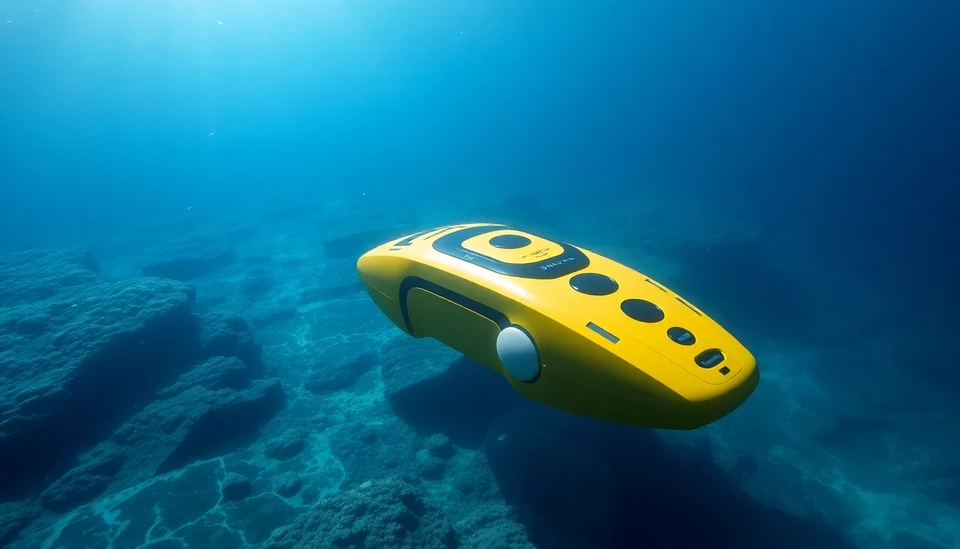
In a groundbreaking development, researchers have unveiled advanced AI-driven robotic sea creatures designed to transform our understanding and exploration of the ocean's mysteries. As humanity seeks to understand the depths of our planet's aquatic environments, these innovative machines, resembling various marine species, are set to play a pivotal role in marine biology, environmental monitoring, and oceanography.
The robots, which mimic the movement and behavior of real sea creatures, are equipped with sophisticated artificial intelligence systems that enable them to navigate through complex underwater landscapes autonomously. This autonomy allows for detailed and comprehensive data collection that traditional manned submersibles cannot achieve.
The design process for these robots is cutting-edge, combining bio-inspired engineering with high-performance materials to withstand the immense pressures found in deep-sea environments. Scientists have observed that these robots not only imitate the physical characteristics of marine life but also replicate their capabilities. For example, some designs echo the fluid swimming motions of fish or the stealthy movement patterns of cephalopods like octopuses.
One of the standout features of these robotic sea creatures is their ability to communicate and collaborate with each other. Utilizing advanced algorithms, these machines can share collected data in real-time, creating a network of insights that can be invaluable for ocean research. Imagine a fleet of robotic fish weaving through coral reefs, mapping marine habitats, tracking fish populations, or monitoring pollution levels—all without human intervention.
Moreover, with the increasing challenges faced by our oceans, including climate change and overfishing, the introduction of such robots could not have come at a more critical time. These AI-driven devices will assist ecologists and marine scientists in gathering necessary data to drive conservation efforts and formulate better policies to protect marine ecosystems.
In a demonstration of their capabilities, a team of engineers showcased a prototype that successfully navigated a simulated underwater environment, avoiding obstacles and following programmed paths with remarkable precision. This impressive feat hints at the robots' potential applications in search and rescue operations or disaster response scenarios, where timely underwater exploration can make all the difference.
As research and development continue, there are plans to refine their features further, increasing their efficiency, lowering operational costs, and extending their battery life. The goal is to deploy these robotic companions in extensive ocean exploration missions, expanding our reach into the vast, uncharted territories of the ocean floor.
The implications of this technology reach beyond basic exploration. By enhancing our comprehension of marine life and ecosystems, we can better defend against threats to biodiversity and take action towards healthier oceanic environments. The promise of these AI-powered creations could mark a significant turning point in our relationship with the planet’s oceans.
In conclusion, the introduction of AI-driven marine robots heralds a new era of ocean exploration. As scientists, policymakers, and environmentalists look to the future, the fusion of technology and biology has the potential to rewrite our understanding of the deep seas and help us to undertake vital conservation efforts effectively.
#oceanresearch #robotics #AI #marinebiology #conservation #innovation #exploration #technology
Author: Megan Clarke




